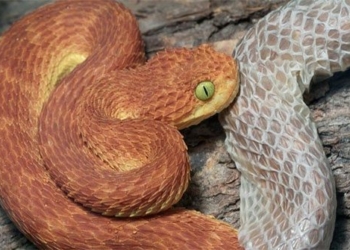In 2014, two cities in Colorado declared a state of emergency due to tumbleweeds. In January 2020, a massive amount of tumbleweed appeared on Interstate SR 240, over 30 km west of West Richland, Washington. Hundreds of these tumbleweed clusters not only blocked the road ahead but also buried a large truck under a 4.5-meter pile of weeds…
Every autumn and winter, a substantial amount of tumbleweed grows across the Midwest plains of the United States. They do not just “roll” and “bounce” but also gather in groups. While they may seem amusing and cute from a distance, in reality, most people in America despise this plant and regard it as a “nuisance.” Tumbleweed is actually a common name for a type of plant that can roll with the wind after it dries out.
Most of the tumbleweed species causing havoc in the Midwest are from a plant scientifically named Kali tragus.
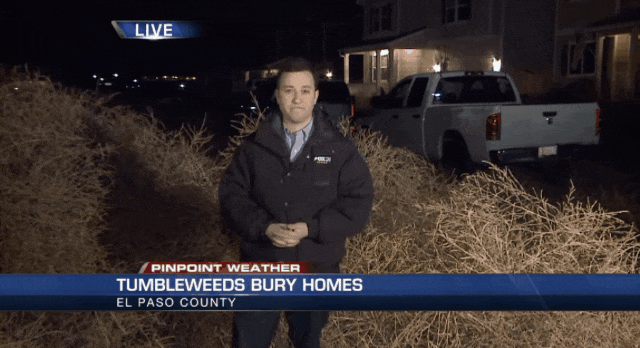
Tumbleweed is a type of weed, similar to a shrub that grows in North America’s desert regions, which withers and breaks off in the fall, rolling along with the wind. This plant is notorious for its ability to “swallow” roads, homes, and gardens during its rolling season.
Tumbleweed does not initially have the shape we see it in today; it begins as a green, water-rich plant that can even produce small white flowers. Many animals, including black-tailed deer, pronghorn antelope, prairie dogs, and birds, eat the juicy young shoots of this plant. Moreover, during dust storms in some areas in the 1930s, it was used as feed to prevent livestock from starving due to a lack of other food sources.
However, in autumn, as everything begins to wilt, the branches start to dry out, and their stems break off from the roots underground. As soon as the strong winds blow, the tumbleweed, no longer anchored by its roots, begins its wandering journey.
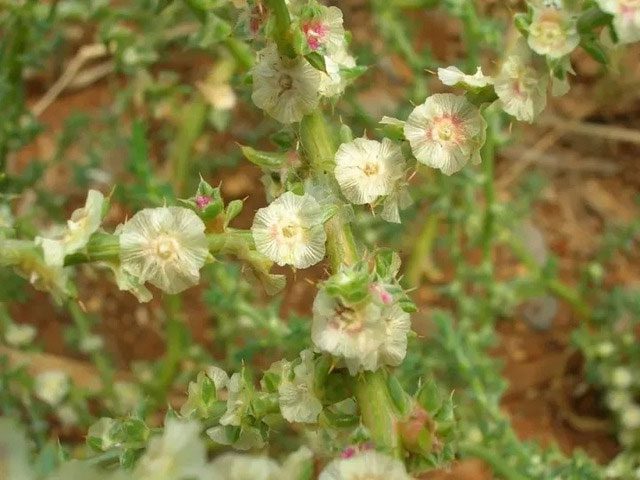
Small rodents and antelope can eat the young shoots of this plant. However, once a tumbleweed has dried into a bare branch, it seldom becomes a meal for animals.
In reality, the United States is not the native home of this plant, and it is considered an invasive alien species in the U.S. In the 1870s, when the United States imported flax seeds from Russia, they inadvertently brought this plant along.
Initially, tumbleweed had very limited growth, so locals did not pay much attention to it. But this period of tranquility did not last long; within 20 to 30 years, the plant began to proliferate wildly. Today, this plant is found in all U.S. states except Alaska and Florida.
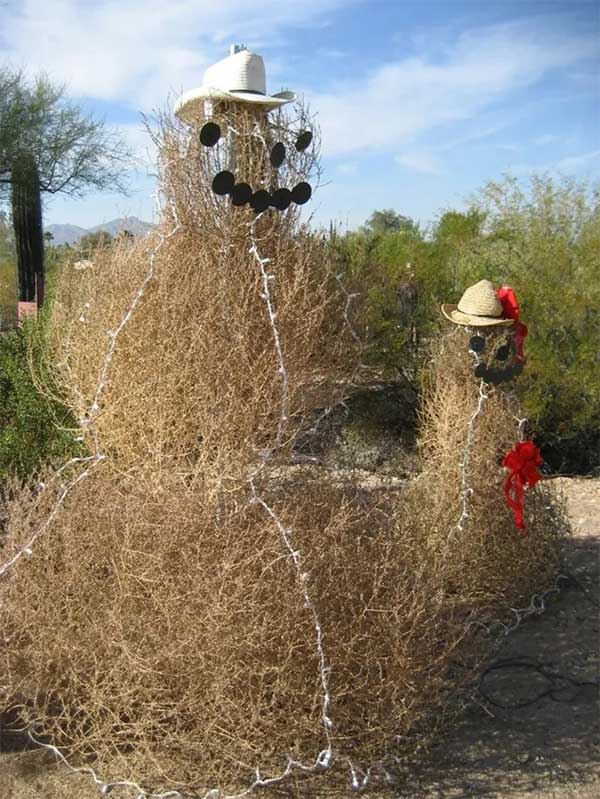
Tumbleweed is a common name for many different types of plants, which, when mature, dry out, detach from their roots, and roll along with the wind. While there are many different species, the one originating from Russia (Salsola tragus, scientifically known as Kali tragus) is the most well-known. Tumbleweed is an annual plant. Its seeds germinate in spring, flower in summer or fall (depending on the species), and reproduce solely by seeds. Unlike other weed seeds that can survive for decades, most seeds of this plant only last for one year.
The reason for this rampant growth lies in the plant’s strong reproductive ability and adaptability to the environment. A tumbleweed can carry about 200,000 seeds, and as it rolls, the tumbling action causes the seeds to shake and drop to the ground.
When the time is right, the scattered seeds on the ground will develop into new plants, and the growth cycle continues. Furthermore, because they require less water and can tolerate salinity well, their growing environment is rarely restricted, allowing them to thrive freely along beaches, prairies, and deserts.

Retired plant population biologist Debra Ayres, who has studied tumbleweed at the University of California, Davis, stated that genetic tests have shown that the most common tumbleweed in California is known as Russian thistle.
Additionally, due to the relatively flat terrain of the United States, plains make up half of the country’s land area, providing good ventilation conditions. This offers a favorable terrain for the movement of tumbleweeds—not only are there no obstacles, but the winds are also relatively strong.
This sturdy, spiny plant can clog irrigation ditches and spread diseases. Its dry, tangled branches are particularly flammable and can pose a threat to human life if they catch fire while rolling across roadways or piling up against structures like houses.
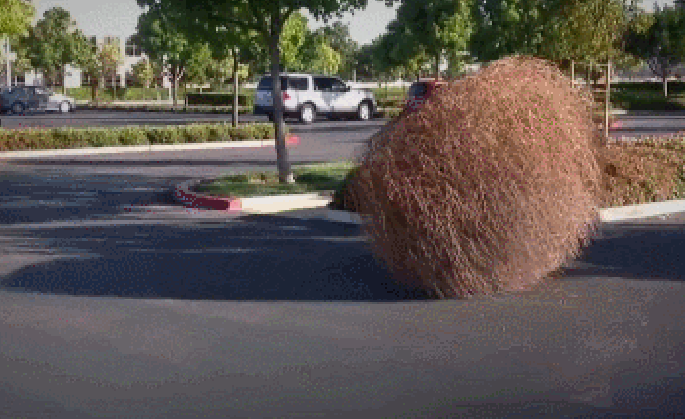
A U.S. Department of Agriculture employee, LH Dewey, wrote in 1893 that Russian thistle arrived in the United States via South Dakota in the form of flax seeds imported from Europe in the 1870s.
Tumbleweed also frequently invades highways and streets. Residents in the Midwest often wake up to find their doors blocked by tumbleweed or their cars surrounded by them. Moreover, when they appear on highways, they can obstruct drivers’ visibility and cause traffic accidents.
Many measures have been implemented to combat tumbleweed, such as herbicides, cutting down seedlings, or uprooting plants before the seeds have a chance to develop. However, these methods are often costly and time-consuming.










































